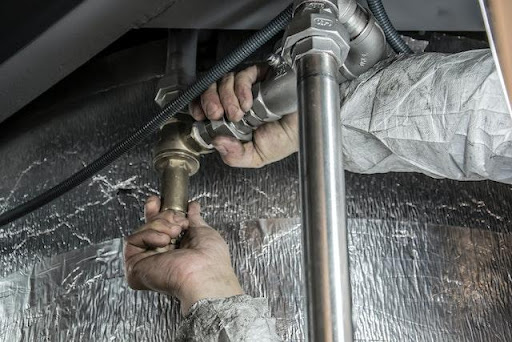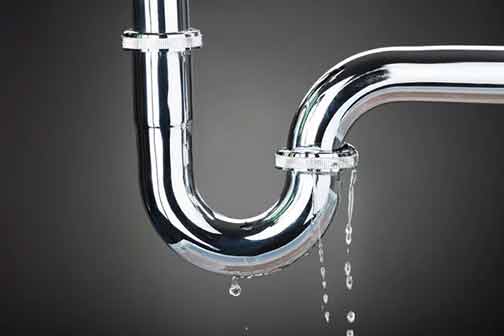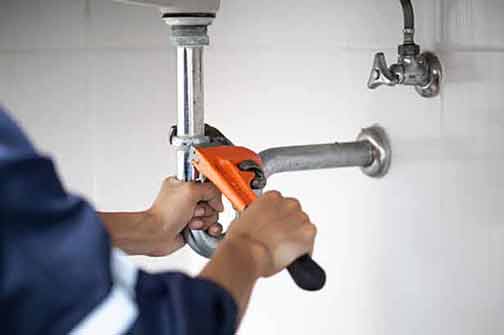Discovering a leaking pipe in your home can be a stressful and potentially destructive situation. Water leaks can cause extensive damage to your property, lead to costly repairs, and even pose health risks if not addressed promptly. In such emergencies, it is crucial to know how to handle the situation effectively and when to call for professional assistance. This article will guide you through the necessary steps to take when faced with a leaking pipe in Chicago and highlight the importance of relying on an emergency plumber.
Assess the Situation
The first step in dealing with a leaking pipe is to assess the situation to determine the severity of the leak. This initial assessment will help you gauge whether you can temporarily address the issue yourself or need immediate professional intervention. Keep in mind that your safety should always be a top priority. Safety goggles, gloves, and protective clothing should be worn when handling any water-related emergencies to avoid potential harm.
If the leak is relatively minor and you feel confident in your abilities, you can attempt to mitigate the situation temporarily until a plumber arrives. However, it is crucial to understand your limitations and not take any risks if you are unsure about how to proceed.
Turn Off the Water Supply
The next step is to locate the main water shut-off valve and turn off the water supply to your entire house. In most homes, this valve is typically located near the water meter or where the main water line enters the house. Shutting off the water supply will prevent further water damage and allow you to work on fixing the leak without water continuously flowing.
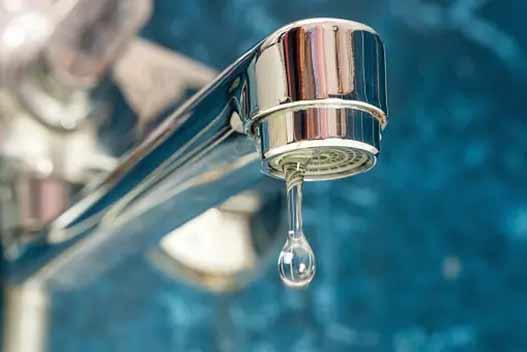
After turning off the main water supply, it is essential to drain the faucets by opening them and allowing any remaining water to flow out.
Drain the Faucets
After turning off the main water supply, it is essential to drain the faucets by opening them and allowing any remaining water to flow out. This step helps relieve the pressure in the pipes and reduces the risk of further leaks or bursts.
Locate the Source of the Leak
Carefully inspect the affected area and determine the source of the leak. Common locations for pipe leaks include under sinks, along exposed pipes, or in basements. Identifying the exact location of the leak will help you communicate effectively with the emergency plumber when they arrive.
Temporarily Stop the Leak
If the leak is relatively small and manageable, you can attempt to temporarily stop the leak using suitable materials such as plumber’s tape, pipe clamps, or rubber patches. These quick fixes can provide temporary relief until a professional plumber can properly repair or replace the damaged pipe.
Call an Emergency Plumber
Regardless of the size or severity of the leak, it is always advisable to contact an emergency plumber in Chicago. Professional plumbers have the expertise, specialized tools, and experience to handle leaky pipes swiftly and effectively. Their prompt response can prevent further damage and ensure a long-term solution to the issue. It is crucial to provide the plumber with detailed information about the leak and the steps you have taken so far to assist them in addressing the problem efficiently.
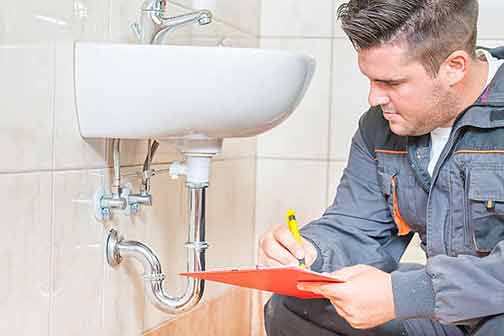
Professional plumbers have the expertise, specialized tools, and experience to handle leaky pipes swiftly and effectively.
Preventing Future Leaks
While tackling a leaking pipe is an immediate concern, taking preventive measures can help avoid similar situations in the future. Regularly inspecting your plumbing system, addressing any weak points or leaks promptly, and scheduling routine maintenance with a professional plumber can significantly reduce the risk of future pipe leaks. Additionally, ensuring proper insulation, especially during freezing Chicago winters, is crucial to prevent frozen pipes that may burst and cause significant damage.
Conclusion
Dealing with a leaking pipe can be overwhelming, but understanding the necessary steps to take and relying on a professional emergency plumber are key to handling the situation smoothly. Assessing the severity of the leak, turning off the water supply, temporarily stopping the leak, and contacting an emergency plumber are all crucial steps in minimizing damage and ensuring a timely resolution. Remember, prevention is always better than cure, so regular maintenance and proactive measures can help you avoid similar emergencies in the future.
